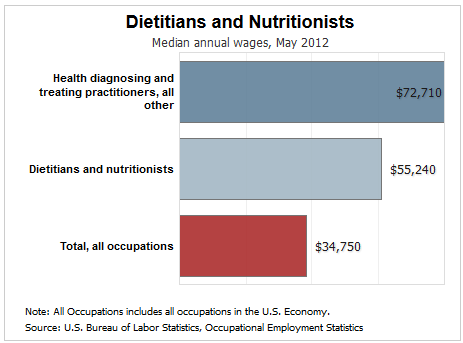Grind sports nutrition
Proteins provide the building blocks of all tissues via their constituent amino acids. Athletes consume dietary protein to repair and rebuild skeletal muscle and connective tissues following intense training bouts or athletic events instant play casino. During in the 1980s and early 1990’s Tarnopolsky , Phillips , and Lemon first demonstrated that total protein needs were 50 to 175% greater in athletes than sedentary controls. A report in 2004 by Phillips summarized the findings surrounding protein requirements in resistance-trained athletes. Using a regression approach, he concluded that a protein intake of 1.2 g of protein per kg of body weight per day (g/kg/day) should be recommended, and when the upper limit of a 95% confidence interval was included the amount approached 1.33 g/kg/day. A key consideration regarding these recommended values is that all generated data were obtained using the nitrogen balance technique, which is known to underestimate protein requirements. Interestingly, two of the included papers had prescribed protein intakes of 2.4 and 2.5 g/kg/day, respectively . All data points from these two studies also had the highest levels of positive nitrogen balance. For an athlete seeking to ensure an anabolic environment, higher daily protein intakes might be needed. Another challenge that underpins the ability to universally and successfully recommend daily protein amounts are factors related to the volume of the exercise program, age, body composition and training status of the athlete; as well as the total energy intake in the diet, particularly for athletes who desire to lose fat and are restricting calories to accomplish this goal . For these reasons, and due to an increase of published studies in areas related to optimal protein dosing, timing and composition, protein needs are being recommended within this position stand on a per meal basis.
The effects of low muscle glycogen on molecular markers of protein synthesis and myogenesis before and during aerobic exercise with carbohydrate ingestion is unclear. The purpose of this study was to determine...
An accurate estimation of athletes’ energy needs is crucial in diet planning to improve sport performance and to maintain an appropriate body composition. This study aimed to develop and validate in elite athl...
Sports nutrition salary
In 2025, sports nutritionists can expect a promising career with competitive salaries, especially as the focus on health and athletic performance continues to rise. With an average salary range between $55,000 and $90,000, depending on experience, location, and industry, those in the field can enjoy stable earnings and growth opportunities.
The following lists Sports Nutrition salaries in each state around the country. The figures are based on the total number of job postings by employers through Indeed.com. For example, DC had the largest quoted salary of $79,000 while Hawaii had the smallest quoted salary of $39,000.
Most employers hire sports nutritionists that have proven occupational proficiency by completing an undergraduate degree in a career-related major such as nutrition, exercise science, sports nutrition, kinesiology, food science and dietetics. However, sports nutritionists that complete graduate or post-graduate education often attract a greater volume of employers and clients alike.
*2021 US Bureau of Labor Statistics salary figures and job growth projections for dietitians and nutritionists reflect national data not school-specific information. Conditions in your area may vary. Salary statistics representing entry-level/early career = 25th percentile; mid-level= 50th percentile; senior-level/highly experienced = 90th percentile. Data accessed April 2022.
Sports nutritionists are in demand, particularly as more people prioritize fitness, sports, and health. Working with professional athletes or corporate clients can offer good job security in 2025, especially for those with the right mix of certifications and experience.

Armed sports nutrition
EAA are important to maintain whole-body protein homeostasis. Free-form amino acid supplements have shown significant anabolic properties in skeletal muscle. Optimal delivery of EAA can mitigate the loss of whole-body protein and stimulate protein synthesis. Similarly, high-calorie rations can attenuate energy deficits.
A recent study found that athletes have an increased need for protein. Researchers measured how much athletes ate in grams per kilogram of body weight. The results showed that they need more than the recommended daily amount.
Fats also provide insulation, prevent fatigue and regulate hormone production. If you have an event the day after you have eaten a meal containing fat, this may affect your ability to perform. Therefore, it is best to eat your meals at least two hours before your event.
L-tyrosine is a proteogenic amino acid that has been shown to increase performance during periods of sleep restriction and stress. It is a precursor to catecholamine synthesis. Interestingly, the human brain does not convert enough tyrosine from phenylalanine.

